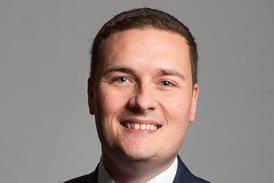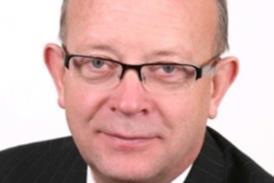On 1 December 1982, a snowy night in Salt Lake City, Utah, Dr Barney Clark’s heart was giving out and he was moved up the operating list to receive the first total replacement of an artificial heart in an emergency all night operation.
The device implanted had a 100 ml stroke volume and was operated by an external pressure system. Animal work had been undertaken, but the problems of surgical technique and anticoagulation had yet to be fully worked out. Clark, a dentist, survived the operation and lived 112 days, dying of organ failure not related to the implanted heart. Heart transplantation had not been under consideration for him and what was in question was whether such a device could sustain life in the long term. Clearly it could do so.
Although much development has taken place since then, the basic principles of the SynCardia device remain the same today. It is a total heart replacement, fitting into the heart cavity, not an assist device used when some recovery of the patient’s heart is possible. Its main use is to bridge the gap before a heart transplant can be done, and to improve the patient’s health in the meanwhile. More than 800 operations have been undertaken, and taking the implantation and later heart transplant together, there is a good five year survival.
European approval has been given to a small external driver that enables the patient to return home, reducing costs and increasing quality of life.
- For a fuller account of the events, see www.nhshistory.net

























No comments yet